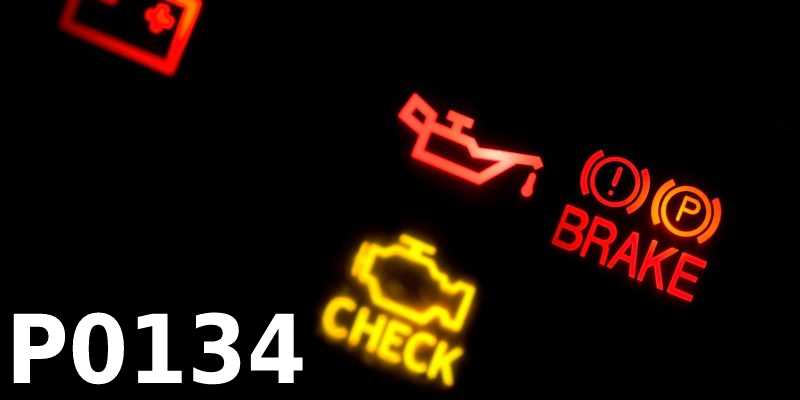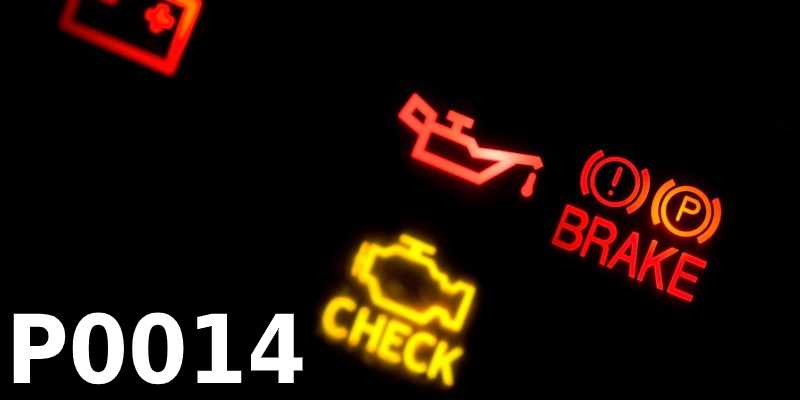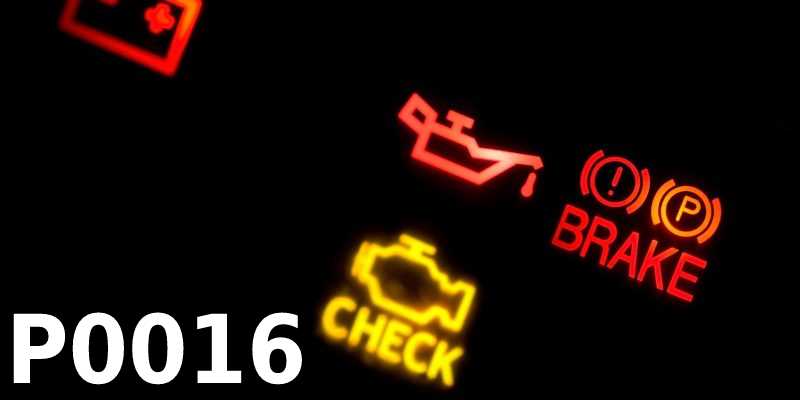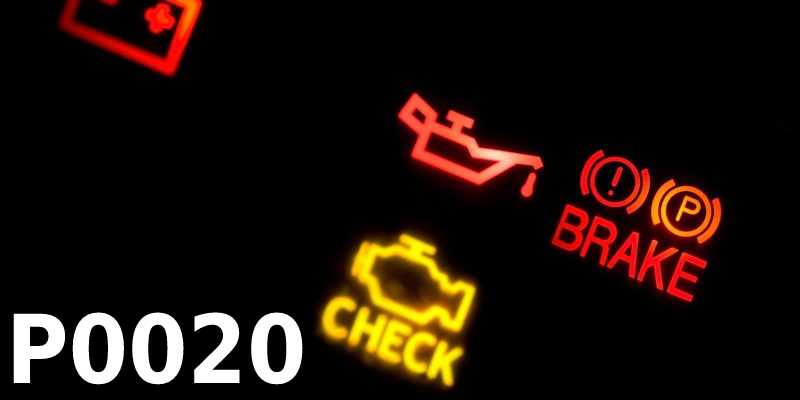P0134 Code Definition.
Diagnostic trouble code P0134 is an indication that there is a problem with the oxygen sensor located in front of the catalytic converter and on the engine seat that houses the #1 bottle.
What does the P0134 code mean
- The oxygen sensor reads the amount of oxygen and fuel coming out of the exhaust system to make sure the oxygen/fuel ratio is correct. The oxygen sensor sends this information to the power control module (PCM).
- If there is insufficient oxygen in the exhaust, the power control module (PCM) will reduce the amount of fuel consumed by the engine. This is important because if there is not enough oxygen in the exhaust gases, the car uses more fuel and emits carbon monoxide into the atmosphere.
- If there is not enough fuel in the exhaust, the Power Control Module (PCM) increases the amount of fuel consumed by the engine. This is important because if there is not enough fuel in the exhaust, the car will emit hydrocarbons and nitrogen oxides into the air.
What causes code P0134?
The millivolt reading from a properly functioning oxygen sensor moves up and down. When the Power Control Module (PCM) detects that the millivolt oxygen sensor is stopped and not working properly, it will cause a P0134 trouble code. This trouble code can be caused by the following:
- Defective heater circuit.
- Defective or disconnected oxygen sensor cable.
- Corrosion in connectors
- Engine vacuum leakage
- Defective power control module (PCM)
What are the symptoms of the P0134 code?
There are several things that can occur in connection with the P0134 trouble code:
- The Check Engine light may come on in the instrument panel, and the engine may go out.
- You may get the feeling that your car is running weak or stalled.
- You may also smell something like rotten eggs and/or black smoke coming out of the exhaust.
- There are times when the driver will not notice any of these symptoms, other than the check engine light coming on, but this is a rare occurrence.
How does a mechanic diagnose the P0134 code?
The technician will use an OBD-II scanner to diagnose the P0134 code. Capture the freeze frame data to determine when the code was first set. At this point, clear the code and check the vehicle.
During the test drive, the vehicle should reach normal operating temperature to see if the code reappears. If the trouble code returns, check the wiring leading to the oxygen sensor and the ground connection. During the inspection, the technician will look for cracks and corrosion. Live data should be observed to determine if the millivolt valves are going from low to high.
The oxygen sensor should also be checked to determine if it has power and is receiving the proper signal voltage from the power control module (PCM).
The most common errors when diagnosing the P0134 code.
A common mistake made when diagnosing a P0134 trouble code is to assume that the oxygen sensor is the first thing to be replaced, without considering other possibilities.
Sometimes the oxygen sensor itself is not the problem and there are other things that can prevent the oxygen sensor from working, such as the wiring of the oxygen sensor. Before replacing the oxygen sensor, check the wiring harness and rule out the cause.
How serious is the P0134 code?
The P0134 fault code is unlikely to prevent the vehicle from running, as it should start and run, but drivers may experience a power outage.
Driving with fault code P0134 can cause catalyst damage, but this requires a long period of time. The most shocking thing about this fault code is that a drop in fuel consumption is common, so the car will burn fuel at a higher rate. For this reason, it is important for a technician to diagnose this code, as well as make the necessary repairs, as quickly as possible.
What repairs can fix the P0134 code?
- A technician should use a scanner to validate the trouble code. Once the trouble code is validated, it should be cleared and a test drive should be performed. If the check engine light reappears with the same trouble code, perform a check.
- The cables and connectors should be checked for damage. If the cables and connectors are damaged, repair or replace them. Reset the error code and perform a test drive.
- If the check engine light comes on again and the technician gets the same code, the oxygen sensor will need to be replaced.
- If error code P0134 reappears after replacing the oxygen sensor, check the exhaust pipe and heater fuse to rule out possible damage to both.
Additional notes on code P0134
Most of the time it is necessary to replace the oxygen sensor itself with a new one. However, before replacing the oxygen sensor, a problem with the wiring and connectors should be excluded.
It is important to reset the error code and test the vehicle after repair or replacement of the wiring, connectors or oxygen sensor to see if the code reappears before moving on to the next possible problem.
If the trouble code still appears after checking the cables and/or connectors and replacing the oxygen sensor, there are several less likely ways to get the code. Some cars have a fuse for the oxygen sensor heating circuit, and in this case it is possible that the fuse has blown, although this is not common.
It is also possible that the exhaust pipe has holes or excessive rust. The last and least likely possibility to get this code is that the power control module (PCM) is defective and needs to be replaced.





